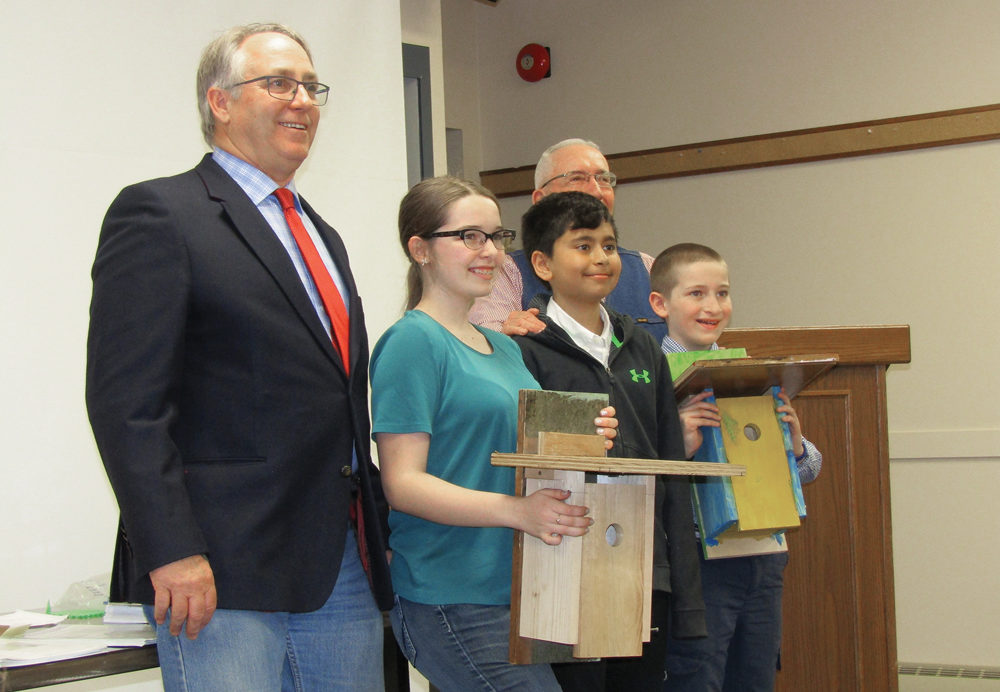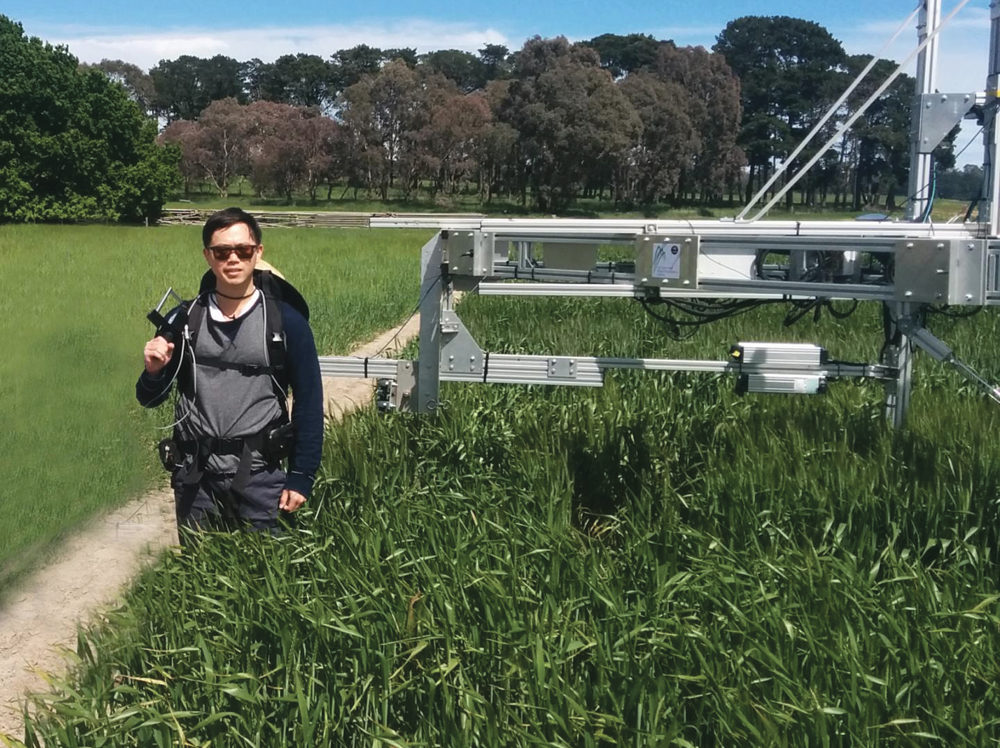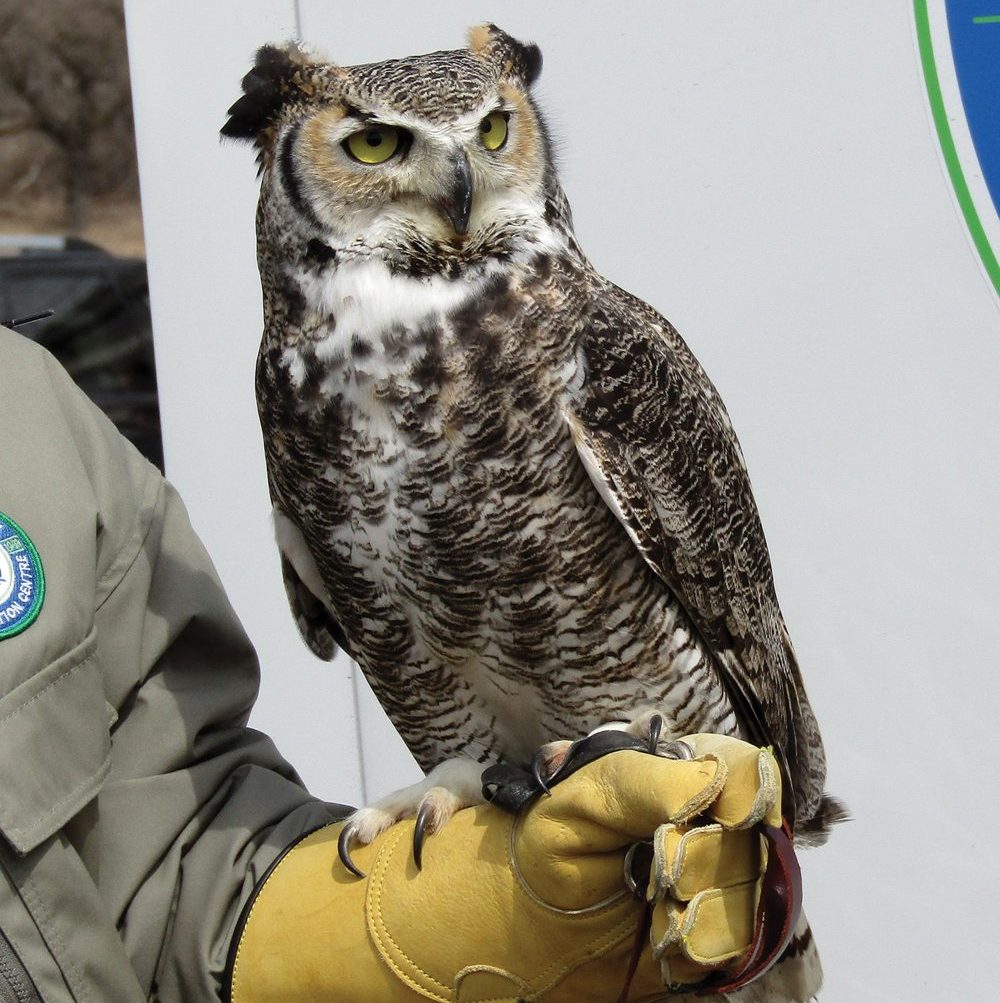Have you noticed birdhouses as you drive along rural roads in southern Manitoba? These may have been put out by the Friends of the Bluebirds. This group, centred in Brandon but with members in many surrounding communities, is the legacy of John and Nora Lane. Over the years the society has been an important factor in the recovery of the bluebird population, especially in the southwest.
Two types of bluebirds spend their summers here. The male mountain bluebird is bright sky blue, while the eastern bluebird is a slightly darker blue with a reddish-brown chest. Females of both are much duller. Typically mountain bluebirds nested in the western part of the province, with the eastern variety farther east. However, in recent years the eastern bluebird has been spreading westward, and recent Friends statistics show more than twice the number of eastern nests, compared to the mountain variety. Last year Ray and Barb Pettinger, who run a line of nest boxes near the Saskatchewan border, had eastern bluebirds in a number of their boxes. This couple was recognized at a recent Friends meeting for another valuable activity – banding of bluebirds (a total of 140 in 2010, of which 37 were the eastern variety.)
Read Also

Giant Canada geese have gone wild in Manitoba
Giant Canada geese are seemingly everywhere and can be fine table fare for local hunters, but 70 years ago, they were borderline extinct.
Both types of bluebirds typically built nests in cavities hollowed out by woodpeckers, squirrels or insects – but over the years decreased availability of these led to a housing shortage. The resulting decline in bluebirds became evident as early as the 1950s. By about 1960 the Lanes had organized the Brandon Junior Bird Club and the Bluebird Line – nesting boxes placed on fence posts along roads. In the following years, lines of birdhouses were developed all the way from Sidney, Manitoba to Broadview, Saskatchewan. By the time of John Lane’s death in 1975, nearly 5,000 boxes had been put out. After his death, Friends of the Bluebirds was formed to carry on his work.
The Friends organization consists of volunteers who build, place and maintain bluebird nest boxes, including cleaning out old nests early each spring. Each box has a number and is monitored several times over the summer. Members record such information as the species, number of eggs, fledglings, and whether a second nesting occurs. In 2010 about 60 lines were monitored by 48 teams, with a total of 1,961 boxes. Some lines consist of just a few houses, while other dedicated volunteers care for more than 200 nesting boxes. Some members build and maintain boxes but monitor them less frequently. The group has no membership fees and meets only twice a year, spring and fall.
This spring’s meeting had nearly 60 participants – one of whom mentioned that she had been monitoring nest boxes for 30 years! Statistics from last year were presented and a new variety of birdhouse was displayed. Members then watched a unique video taken with a cam insidea bluebird nest, showing the egg laying, hatching and feeding of a brood of five.
Bluebirds are one of the earlier migrants to return, usually in April, sometimes as early as late March. (One member had sighted a bluebird on April 7 this year.) By mid-May both varieties often have their first nest. They prefer grazed pasture or meadows rather than along cultivated fields or wetlands. A scattering of trees can help provide perching spots.
The North American Bluebird Society (NABS) lists six styles of nesting boxes. Anyone interested in building for bluebirds should first study the necessary dimensions and how to construct them. For instance, it is recommended the houses have a hole 40 mm (1-9/16 inches) in diameter (see websites below). Boxes should face away from the prevailing wind and towards another post or tree so birds can perch as they approach or leave the box (but not with an actual attached perch.) Bluebirds are territorial when nesting, so it is suggested houses be at least 90 metres (296 feet) apart. Other species of birds can be a deterrent to successful nesting by bluebirds. It is recommended that houses be at least 1/2 km (1,093 yards) from barns or granaries, to discourage house/ English sparrows which sometimes take over a bluebird nest and destroy the fledglings. Tree swallows are also competitors, so sometimes two houses are placed close together in hopes that the swallows will use one and leave the other for bluebirds.
Bluebird societies exist in several provinces of Canada and many states in the U.S. Other people build and maintain bluebird houses without belonging to actual groups. The Brandon Friends of the Bluebirds will mark 35 years of work this year at their fall meeting (October 16).
If you’d like to become a Friend, the Brandon group is always looking for volunteers to take over existing lines or start new ones. Boxes need to be maintained and monitored, with results forwarded to the Friends of the Bluebirds. For more information, contact the chairman, Barry Danard at [email protected] or (204) 523- 8258, or check out:
www.mts.net/~jbdanard/index.html or http://www.nab luebirdsociety.org.
– Donna Gamache writes from MacGregor, Manitoba














